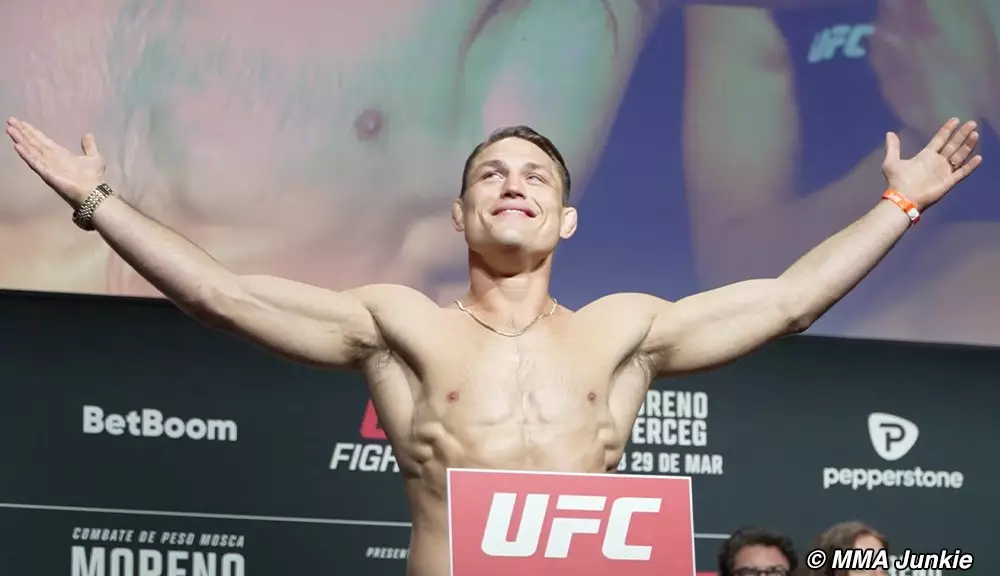In the fast-paced realm of mixed martial arts, the financial landscape for fighters is continuously changing. With events like UFC on ESPN 64, held in the vibrant Arena CDMX, a fresh wave of compensation standards emerged, reflecting a commitment to the fighters’ well-being and fair remuneration. At this event, fighters collectively earned $168,500 in UFC Promotional Guidelines Compliance pay, a significant evolution from previous payment structures such as the Athlete Outfitting Policy. This shift is more than mere numbers; it symbolizes a fundamental change in how the UFC values its athletes.
Decoding the Payment Structure
The UFC Promotional Guidelines Compliance program is a comprehensive initiative that dictates how much fighters can earn based not only on their fight history but also on their attire and media duties. Under this program, each fighter’s earnings vary significantly based on experience, with payout tiers clearly defined. For fighters with 1-3 bouts, the earnings stand at $4,000 per appearance, scaling up to $32,000 for champions. This structure rewards experience and commitment to the sport, ensuring that more seasoned fighters can make a living that reflects their dedication.
Such a tiered approach is not only encouraging; it incentivizes performance and longevity in the sport, allowing up-and-coming fighters to aim for higher earnings as they gain experience. In an industry where the stakes are high and injuries can end careers unexpectedly, having a structured payout encourages athletes to stay the course and invest in their training and fight strategy.
A Lasting Legacy Through Royalty Payments
One of the most groundbreaking aspects of the UFC Promotional Guidelines is the introduction of ongoing royalty payments. Fighters stand to earn between 20% and 64% from merchandise that features their likeness. This residual income stream provides athletes with financial security beyond the octagon, offering them a means to build wealth while capitalizing on their fame and fan following. It’s a game-changer that not only rewards fighters for their past performances but also for their cultural contributions to the sport.
As companies recognize the power of brand alignment with fighters, this new compensation approach further solidifies the UFC’s role as a leader in athlete promotion and advocacy. Rather than viewing athletes as mere performers, the UFC is beginning to position them as integral parts of the brand’s identity.
Comparison with Other Sports Leagues
When scrutinizing the UFC’s payment structure, parallels can be drawn with other professional sports. For example, the NBA and NFL have long-established systems that provide players with salaries reflective of their star power and contributions. The UFC’s progressive approach to fighter pay signals a newfound responsibility to its athletes, ensuring they are not left behind in a sport where physical strength and skill are paramount.
Unlike traditional sports leagues where teams have more control over player exposure and earnings, the UFC is carving out a niche that empowers fighters by placing a more substantial emphasis on individual merit and marketability. This is a refreshing departure from the past, paving the way for a more equitable landscape within combat sports.
By embracing these changes, the UFC is taking crucial steps toward a sustainable and fair compensation framework that can attract future generations of fighters while redefining the narrative surrounding athlete earnings in combat sports. As the industry evolves, hope remains that these practices will lead to increased fighter welfare and support, setting a standard that more organizations may follow in the future.

